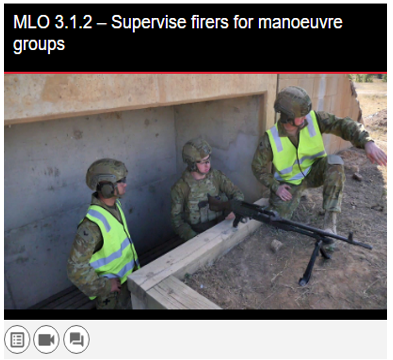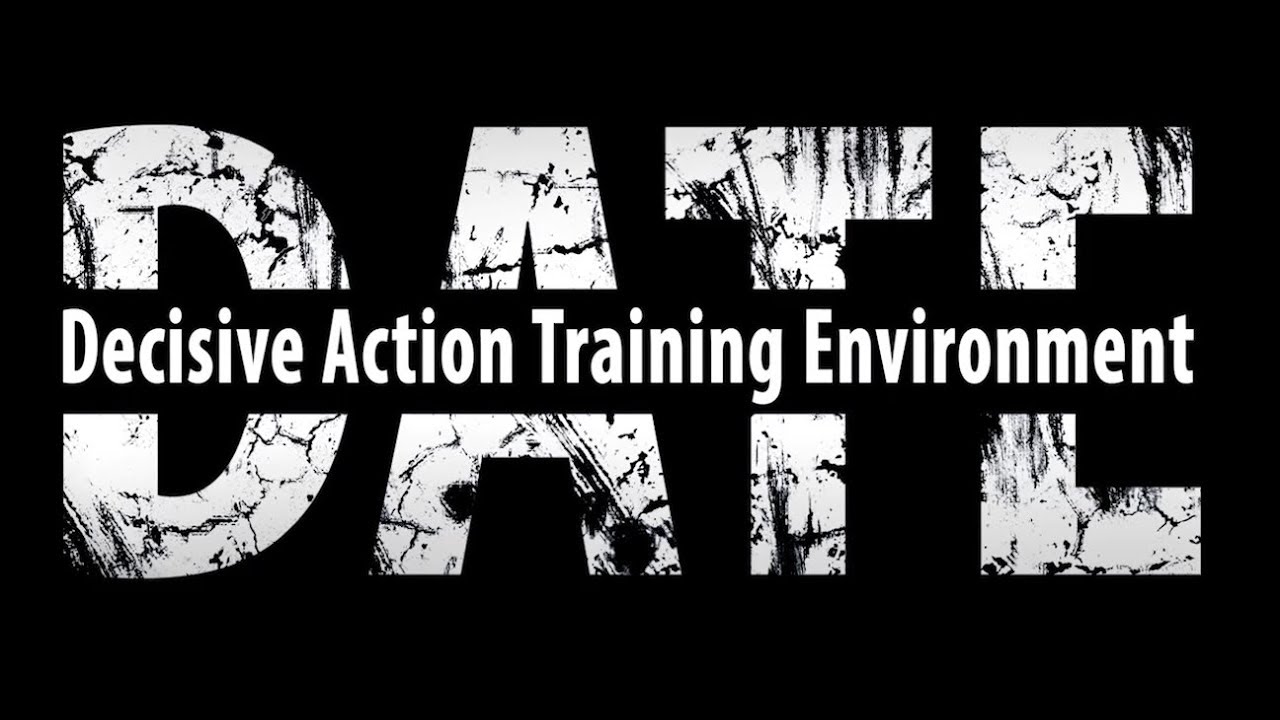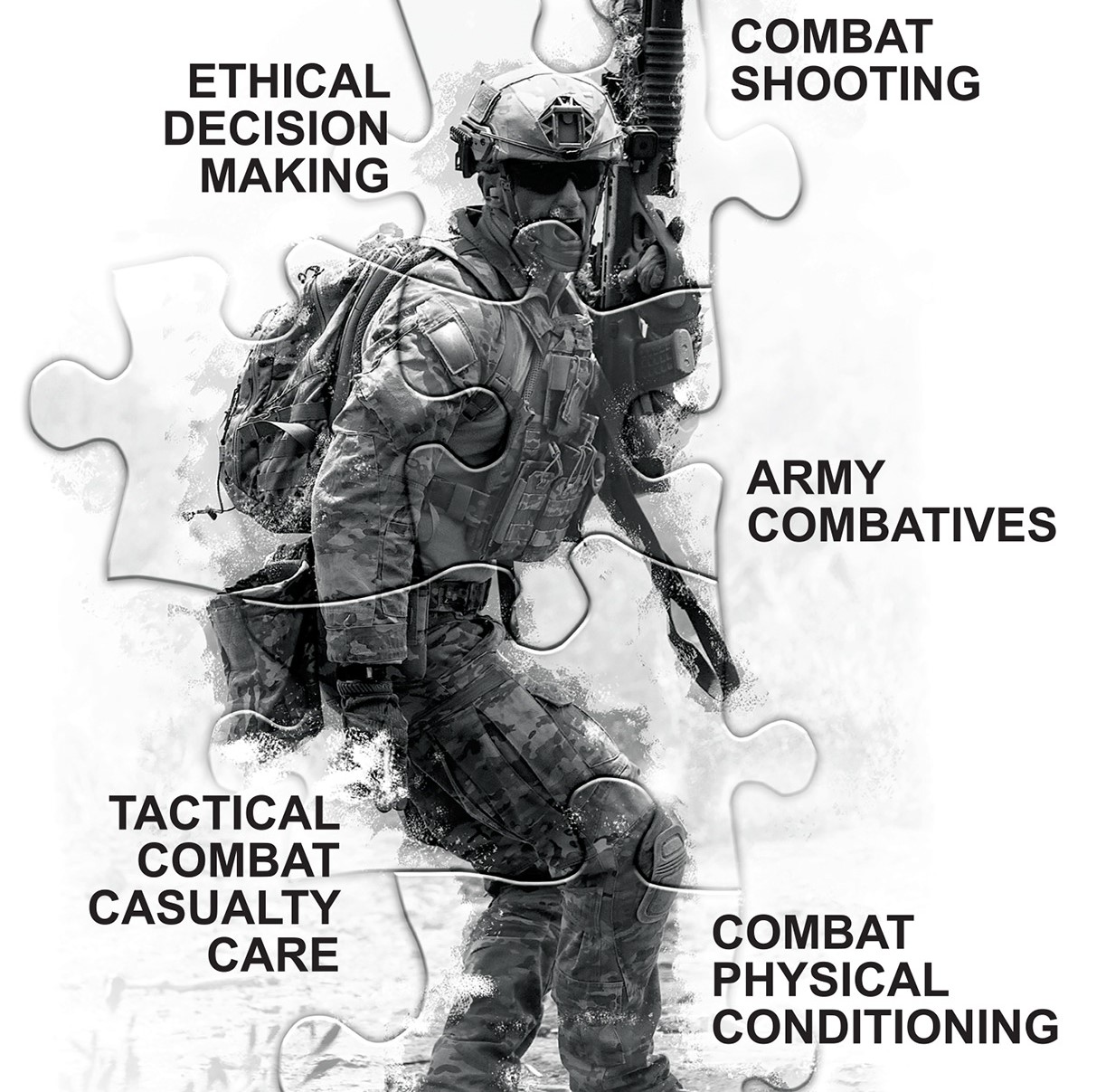The Australian Army needs a ‘Training Transformation’. Our current training system largely follows a formula of receiving instructor-led teachings in a classroom-based environment, demonstrating some practical application of newly acquired knowledge and, having progressed through a pre-determined Learning Management Plan, being deemed competent or otherwise to apply this knowledge in the workplace. Too much of our training is still delivered by large, centrally planned and run residential courses that take soldiers away from their units and families for prolonged periods. Residential training will always have its place but it must be a well-designed component of the training system, not the system in its entirety. While this approach has served the Army well for many years, it is showing its age. It’s a steam-driven, mid-20th Century approach to training that no longer allows us to embrace the full potential of learning technology available to assist trainees or to exploit the full potential of our people to absorb education and training. It needs a radical overhaul if we are to contend with a number of key drivers:
- Army’s step change capabilities demand a revised approach to training. These capabilities, enabling Army to generate effects not just on the Land, but increasingly in the air (Air and missile defence), Sea (Land-based, anti-ship missiles), cyber (force level cyber and EW) and in space, place Army in the unique position of providing persistent, cross-domain options to the joint force. They will not be realized with a ‘business as usual’ approach to training. The Army Training System needs to be better prioritised to develop, test and evaluate the concepts and structures that support these step-change capabilities and Army’s rapidly changing contribution to the joint force. Moreover, the effective synchronisation and application of the range of capabilities within the joint force requires multiple iterations of training if we are to understand, apply and adapt their application to best contend with an Accelerated Warfare environment. A wider embrace of technology and simulation in training will be essential if we are to ‘learn at speed’ and deliver Army’s step-change capabilities.
- Accelerated Warfare demands we take a more flexible and wide-ranging approach to training. Former Australian Rugby coach Eddie Jones still attracts mixed reviews, but one of his great strengths was to implore his players and prepare his teams to ‘play what’s in front of you’ as opposed to conforming to a pre-determined game plan or script. An Accelerated Warfare environment demands that our training system focus on the same principle through an 'always on’, ‘continual learning’ approach to training to instill, develop and refresh in our people the skills and knowledge to understand and adapt as circumstances dictate. The requirement for constant professional education will empower soldiers to take command of their ability to gain professional mastery but these methods, often self-driven and self-paced, will challenge our traditional approaches to learning.
- The skills and knowledge we’ll increasingly require in Army’s people are also in high demand in other sectors of the workforce. If we are to attract, train and grow the people and teams to meet the demands of Accelerated Warfare, we’d better make sure we’ve got a training system that represents best practice and helps them realise their potential…or they’ll seek employment in other professions that more readily deliver on their needs.
- Training can’t be a ‘set and forget’ prospect. People need ongoing training at the ‘point of need’ and our training needs to be more focused on enabling the best possible ‘learning outcome’ rather than simply ‘delivering a course’. Despite our best efforts at communicating last year’s changes in Land Range Safety doctrine, we know that not everyone was able to understand and apply those changes in a practical sense in their workplace. We’re also seeing a spike in injuries from the Army Combatives Program, possibly because Army’s approach to training was not flexible and robust enough to contend with skill fade and the disruption of a posting cycle. We owe our people more in helping them learn, retain and apply the knowledge gained through a more sustained and diverse approach to training and education.
There are already a number of initiatives in place that are beginning to transform our training in Army.
More Work to be Done We’ve got plenty to do to take our training transformation beyond words to deliver a tangible, 21st Century training outcome. A vision without resources is a hallucination, and it’s important that we focus beyond words and deliver meaningful outcomes in this endeavor. This is what we’re doing to realise our Training Transformation:
- We’ll develop a submission for an Army Training Transformation Program in the next Defence White Paper / Integrated Investment Plan (IIP). Army’s Combatant Training System needs a sustained funding line, a tighter and more responsive partnership with industry and a closer relationship with key partners in E&IG, CIOG and DSTG. An IIP project should underpin and coordinate these critical functions and resources.
- We’ll apply our evaluation and lessons learned from our Land Range Safety initiatives more broadly across other training areas. The 21st century approach to training and learning we’re seeing delivered through an engaged and responsive industry partner are fertile ground for a broader, deeper training transformation across Army. Our Five Eyes partners are on a similar journey to us, and we’ll continue to learn from them in the ABCANZ program and through our extensive liaison officer networks.
- We’ll review what we’re asking of our military instructors in light of a training transformation. We need to move past the concept of the instructor-led, classroom based traditional methods of instruction and help our instructors become creative and engaging teachers, coaches, mentors and facilitators, delivering better learning outcomes not only in residential courses, but increasingly at the point of need in unit locations. We owe our instructors a more comprehensive program of development if we’re serious about them meeting these requirements. We won’t be asking them to do more – we’ll be giving them the skills to do things differently.
- We’re working closely with Head Land Capability to ensure that part of our training is directed towards testing, evaluating, trialing and fielding the step change capabilities and concepts that promise to give Army a unique position within the joint force. Creating the capacity for Army to transform is an essential pre-condition for a wider training transformation.
- Our cooperation with E&IG and CIOG to ensure that the development of our training areas and information technology systems to support a training transformation is good. Similarly, we’re working much closer with our partners in DSTG to drag the future towards us; to realize the benefits of cutting edge research more quickly at the sharp end. Just as Army never fights alone in an ADF sense, we need to work closely with our partner groups to ensure we’re prioritising, funding and implementing the infrastructure and practices we need to deliver a 21st century approach to training.
A ‘business as usual’ approach to our training will not successfully land the Army we need for an Accelerated Warfare environment, nor will it realize the potential afforded by a number of step change capabilities being brought into service in the near future. There’s a ‘training transformation’ required.















I do, however, share some concerns with regards to the ‘value’ of the LMP in its current format, and would proffer that over the years it have been come a catch all to meet the demands of a number of different masters. This has, over time, had an impact on what is contained within an LMP. The Training Package was primarily focused on the objectives to be achieved, the content to be covered, what should be assessed and how, and the sequence of delivery - to build performance. The Training Package ensured consistency and standardisation across the workforce over time. LMPs must be more than a template into which we cut and paste – they fundamental to shaping our profession, and are the result of rigorous analysis.
With regards lesson plans, I acknowledge Anthony’s comments – we cannot afford to beat creativity out of our instructors. What is crucial to good instruction is the science behind the blue print. The science tells us that humans learn in certain ways. Thus, 1) we need to prepare our trainees for what we are about to deliver and make it make sense – hook it to something they already know and its importance. 2) we need to present the material / skills, provide feedback and confirm understanding in bite sized chunks that is geared to our trainees, and 3) we need to make sure that what we have just delivered ‘sticks’ and results in improved performance. The instructor understands the content, understands their audience and has the licence to use a variety of tools, techniques and aids to build solid instruction – the patter is not the important bit. A good lesson will stay with a trainee long after the training has finished - understanding how to make things ‘click and stick’ is as much about instructor flair as it is knowledge and skills.
sense to have those two courses contribute to credit for a subject in the Post grad program? At this stage I have observed that the majority of
Officers are already participating in some sort of additional
study in their own time (most likely a Masters through correspondence at ADFA).
A key challenge will be managing the risk of an ageing and increasingly poorly suited to modern training needs; and matching training policy and systems transformation with the infrastructure funding and project delivery expertise to deliver on expected milestones. E&IG doesn’t have consistent form here: our processes remain slow and arcane. And we are frequently hamstrung when infrastructure costs of a system or policy change are not costed, or they are but the funding is reprioritised prior to delivery, or a critical element is value-managed from a project scope to meet a pre-determined budget bottom line.
I’m looking forward to these initiatives being realised at bases and training ranges in the NT, doing what I can as an E&IG stakeholder at a local level to facilitate that and keeping myself informed about expected outcomes so I can articulate risk when I see an associated process or project start to run off track.